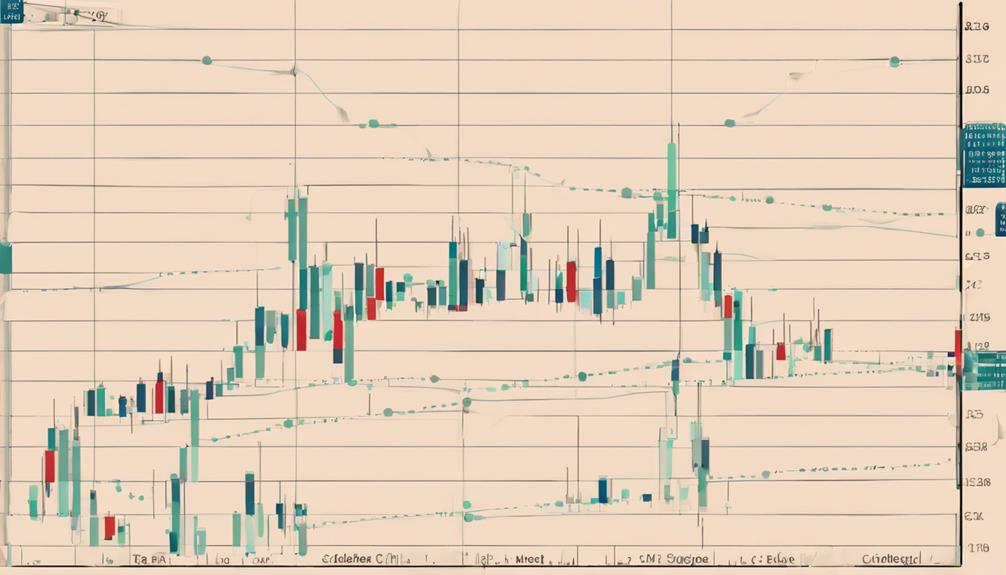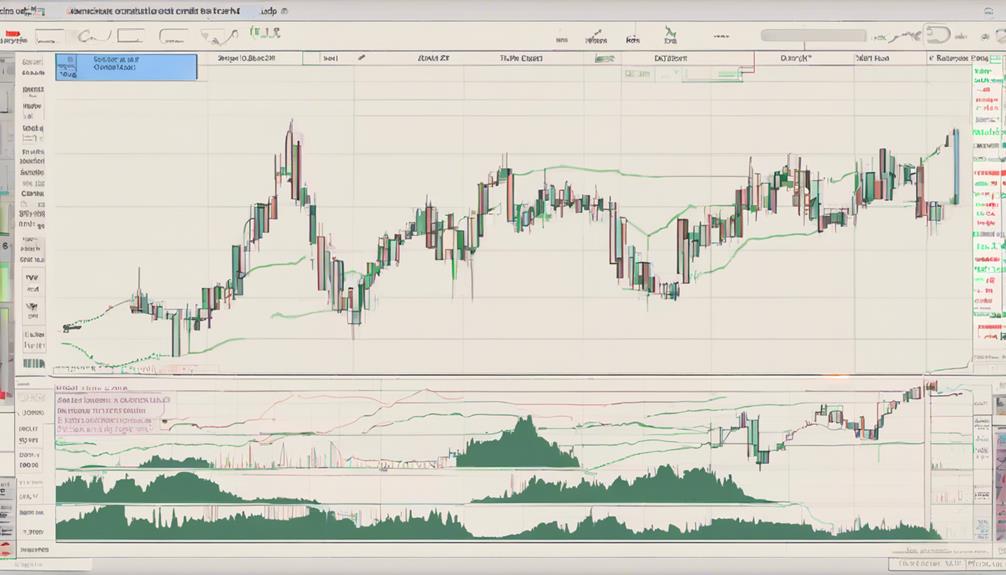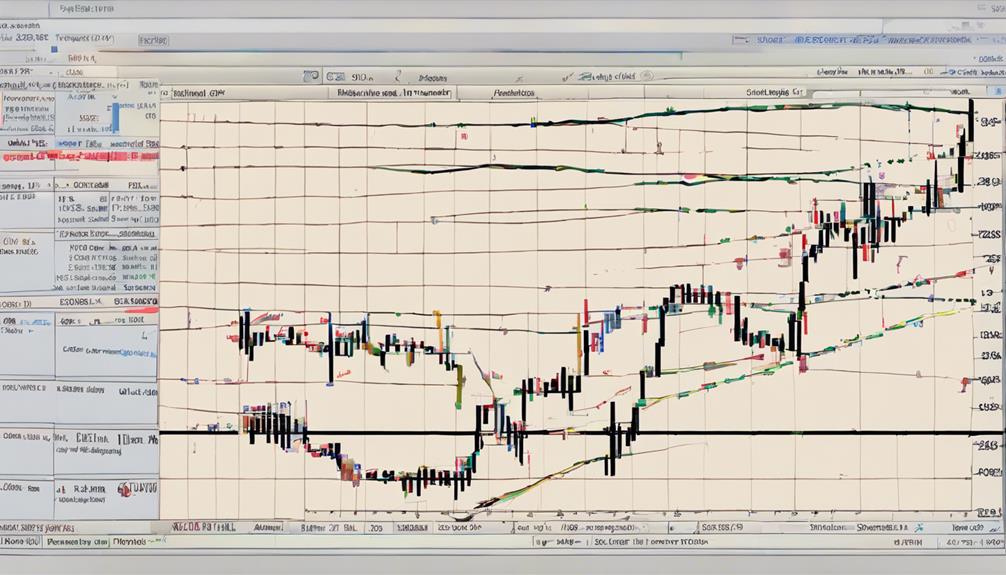Exploring the intricacies of mastering the Average Directional Index (ADX) through a structured guide offers traders a valuable toolkit in navigating the complexities of technical analysis. By unraveling the nuances of ADX components, interpretation, and practical applications, this guide paves the way for informed decision-making in the fast-paced world of trading.
Understanding how to effectively harness the power of ADX can be a game-changer, but what lies beyond the basics and how traders can truly elevate their strategies remains a compelling discussion point worth exploring further.
Understanding Average Directional Index (ADX)
Average Directional Index (ADX) is a technical indicator developed by J. Welles Wilder in 1978 to measure trend strength without providing market direction guidance. ADX incorporates Plus Directional Movement (+DI) and Minus Directional Movement (-DI) indicators to evaluate the strength of a trend.
It is calculated using the exponential moving average of the true range (TR) values over a specified period. This indicator ranges from 0 to 100, with values below 20 indicating a weak trend and values above 50 suggesting a strong trend.
Traders use ADX in conjunction with other technical tools such as the Relative Strength Index (RSI), Average True Range (ATR), and Parabolic SAR for trend following and momentum evaluation in financial markets.
Interpreting ADX Values Effectively

Effectively interpreting ADX values requires a keen understanding of trend strength dynamics in financial markets. The ADX indicator, a technical indicator, measures the strength of a trend without providing buy or sell signals.
ADX values typically range from 0 to 100, with different ranges indicating varying levels of trend strength. Rising ADX values suggest increasing trend momentum, while falling -DI values signal a weakening trend.
Crossovers between the +DI and -DI lines, alongside ADX levels above 25, can present potential trading opportunities. ADX values between 0-25 suggest a weak trend, 25-50 a moderately strong trend, 50-75 a strong trend, and 75-100 a very strong trend.
Understanding these ADX value ranges is crucial for effective market analysis. By monitoring ADX values and interpreting them alongside other indicators, traders can assess trend strength accurately and make informed decisions in the dynamic financial markets.
Utilizing ADX in Trading Strategies

How can traders effectively incorporate the Average Directional Index (ADX) into their trading strategies to enhance trend analysis and decision-making in financial markets?
The ADX is a technical analysis indicator that measures trend strength. By using the ADX indicator simply within their Trading Systems, traders can filter out market noise and focus on significant price movements.
When the ADX is rising, it indicates an increase in trend strength, while a falling ADX suggests a weakening trend. Combining the ADX with other indicators like RSI can provide a more comprehensive view of the market.
Traders can use the ADX to confirm signals from other indicators and make more informed trading decisions. For example, if the RSI indicates a bearish signal, a rising ADX can validate the strength of the bearish trend.
Integrating ADX With Other Indicators

Integrating the Average Directional Index (ADX) with other technical indicators in trading strategies enhances trend analysis accuracy and aids in making well-informed decisions in financial markets.
When combined with the Relative Strength Index (RSI), ADX can confirm trend strength and identify overbought/oversold conditions efficiently.
Pairing ADX with the Moving Average Convergence Divergence (MACD) indicator allows for a detailed analysis of price movements and momentum shifts, providing traders with valuable insights.
Additionally, integrating ADX with Parabolic SAR helps minimize false signals, improving the accuracy of trading decisions.
Incorporating ADX with moving averages enhances trend analysis within technical trading systems, offering additional confirmation for entry and exit points.
Moreover, utilizing ADX alongside volume indicators can provide valuable information on the strength of price movements and potential trend reversals, enhancing overall market analysis.
Avoiding Common ADX Mistakes

In trading, vigilance against common mistakes when utilizing the Average Directional Index (ADX) is crucial for optimizing decision-making and improving overall trading performance. To avoid pitfalls and maximize the benefits of ADX, traders should:
- Beware of Premature Entries: Rushing into trades based on ADX crossovers can lead to premature entries, resulting in suboptimal outcomes. It is essential to wait for strong trending signals to confirm the strength of the trend before entering or exiting positions.
- Watch Out for False Signals: A falling ADX line above 25 does not always indicate a trend reversal. Traders should exercise caution in interpreting ADX movements during market fluctuations to avoid false signals that could lead to erroneous trading decisions.
- Use Confirming Indicators: Relying solely on ADX signals without validating them with confirming indicators can be risky. Incorporating leading indicators can help verify ADX signals and enhance the effectiveness of the overall trading strategy, especially in ranging markets where ADX signals may be less reliable.
How Can I Apply the Essentials of Average Directional Index in Mastering its Usage?
To master the usage of average directional index basics, it’s crucial to apply the essentials effectively. Start by understanding the ADX calculation and interpretation. Learn to identify trend strength and potential price reversals. Practice using different timeframes to gain a comprehensive understanding of the indicator’s behavior.
Can I Learn How to Use Average Directional Index Effectively from Your Guide?
Yes, our guide on navigating average directional index can help you learn how to use this tool effectively in your trading strategy. Understanding the ADX can give you valuable insights into the strength of a trend and help you make more informed decisions in the market.
Frequently Asked Questions
How Do You Use the Average Directional Index Indicator?
The Average Directional Index (ADX) indicator is utilized to measure trend strength, aiding traders in identifying strong trends above 25. It comprises the ADX line, +DI, and -DI, assisting in confirming trends and determining entry/exit points.
What Is the Best Setting for the ADX Indicator?
The best setting for the ADX indicator, a crucial tool for measuring trend strength in trading, is typically 14 periods. Adjusting settings based on trading style enhances accuracy, with shorter periods like 3 for day trading and longer for swing trading.
What Is the Best Indicator to Combine With Adx?
When considering the best indicator to combine with ADX, it is crucial to assess the specific trading strategy and goals. The Relative Strength Index (RSI) stands out for complementing ADX by evaluating overbought or oversold conditions effectively.
How Do You Read Directional Movement Index?
To read the Directional Movement Index (DMI), analyze the crossovers between the positive (+DI) and negative (-DI) lines. +DI measures buying pressure, while -DI measures selling pressure. Evaluate trend strength by comparing the two indicators for potential shifts in market direction.
Conclusion
In conclusion, mastering the Average Directional Index (ADX) is crucial for successful trading strategies. By understanding its components, interpreting values effectively, and avoiding common mistakes, traders can leverage ADX to identify trend strength and direction with precision.
Integrating ADX with other indicators can further enhance trading decisions. Remember, in the world of trading, knowledge is power, and mastering the ADX can give traders the edge they need to succeed in the market.
